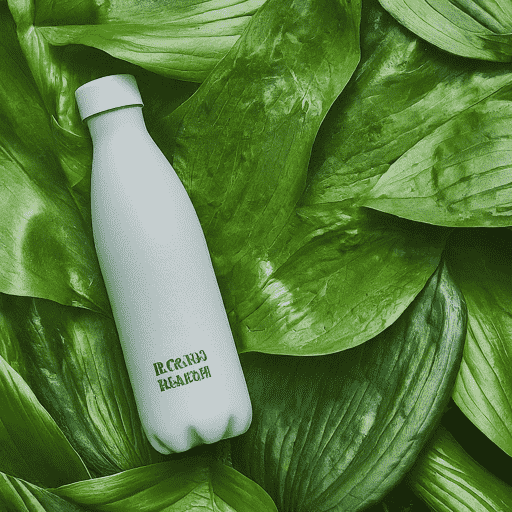Unveiling the truth behind the eco-friendly claims and navigating a sustainable path forward.
Amidst our burgeoning environmental crisis, plastic pollution reigns supreme. Single-use plastics, designed for mere moments of convenience, plague our landfills, oceans, and ecosystems, inflicting incalculable harm. Bioplastics, hailed as a greener alternative, have entered the fray, promising biodegradability and a renewable source. But do they truly offer a sustainable solution? Let’s delve into the intricate tapestry of their advantages, drawbacks, and impact on the recent environmental landscape.
Single-Use Plastics: A Monument to Unsustainability
Traditional, petroleum-based plastics litter our planet with devastating consequences. Their non-biodegradable nature condemns them to centuries-long lifespans, accumulating into colossal landfills and threatening marine life through microplastics. Moreover, their production emits greenhouse gases, fueling climate change. The sheer volume of these plastics underscores the gravity of the issue: an estimated 359 million tons were produced globally in 2022, with only 9% recycled.
Bioplastics: Dawn of a Greener Future (or Mirage?)
Bioplastics, crafted from renewable resources like corn starch, sugarcane, or cellulose, offer a seemingly enticing escape from this plastic predicament. Biodegradation, their key selling point, promises decomposition under specific conditions, potentially returning to the Earth. This eliminates the long-term landfill burden and mitigates microplastic pollution to an extent. Additionally, their renewable source ostensibly reduces reliance on fossil fuels, lowering greenhouse gas emissions compared to traditional plastics.
Unveiling the Shades of Green: Not All Bioplastics Are Created Equal
However, the bioplastic landscape is far from homogenous. Biodegradability varies significantly, with some types requiring industrial composting facilities unavailable in many regions. Others might degrade only partly, leaving microplastics behind. Furthermore, some bioplastics are still produced using potentially harmful chemicals, negating their eco-friendly appeal.
Environmental Impact: Beyond Biodegradability
Assessing bioplastics’ environmental impact necessitates a holistic approach. While biodegradability is crucial, factors like land-use change for feedstock cultivation, water usage, and energy consumption in production must be meticulously considered. A life cycle assessment is essential to ensure genuine sustainability across the entire lifecycle, not just end-of-life biodegradation.
Charting a Path Towards Sustainability: Beyond the “Either/Or” Fallacy
The solution to plastic pollution likely doesn’t lie solely in switching to bioplastics. It necessitates a multifaceted approach embracing:
- Reduction: Minimizing plastic use at its source is paramount. Opting for reusable alternatives, buying less, and choosing products with minimal packaging are key steps.
- Reuse: Extending the lifespan of existing plastics through refilling, upcycling, and participating in deposit schemes is vital.
- Recycling: Improving recycling infrastructure and consumer awareness is crucial to ensure existing plastic waste is effectively diverted from landfills.
Bioplastics, then, should be seen as a potential complement, not a replacement, in this strategy. They hold promise for specific applications where reduction and reuse aren’t viable, but only if their true environmental impact is thoroughly evaluated and they adhere to strict sustainability standards.
Ultimately, tackling plastic pollution requires a collective effort. Consumers can make informed choices, manufacturers can prioritize sustainable production and design, and policymakers can enact regulations that incentivize responsible practices. Embracing a holistic approach that goes beyond single-use plastics and delves into bioplastics’ nuanced reality is crucial in charting a sustainable course for our planet.


